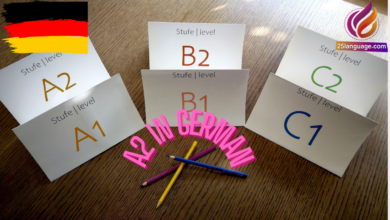Passive in German

In German, the passive voice is commonly used to emphasize the action being done to the subject rather than the subject performing the action. It is formed by using the auxiliary verb “werden” (to be) followed by the past participle of the main verb.
Here is a basic introduction to forming the passive voice in German:
- Identify the main verb in the active sentence.
- Determine the subject and the object of the active sentence.
- Start the passive sentence with the object of the active sentence. The object becomes the subject in the passive voice.
- Use the appropriate form of the auxiliary verb “werden” conjugated according to the subject in the passive voice.
- Place the past participle of the main verb at the end of the passive sentence.
Let’s take an example to illustrate this:
Active voice: Die Lehrerin erklärt die Lektion. (The teacher explains the lesson.) Passive voice: Die Lektion wird von der Lehrerin erklärt. (The lesson is explained by the teacher.)
In the passive voice sentence, “die Lektion” (the lesson) becomes the subject, and “von der Lehrerin” (by the teacher) indicates who is performing the action. The auxiliary verb “wird” (conjugated form of “werden”) is used, followed by the past participle “erklärt” (explained).
Remember that the verb endings of “werden” change depending on the subject and tense. Also, note that the preposition “von” (by) is commonly used to indicate the performer of the action in passive voice sentences.
Practice and exposure to various examples will help you become more familiar with forming passive voice sentences in German.





























